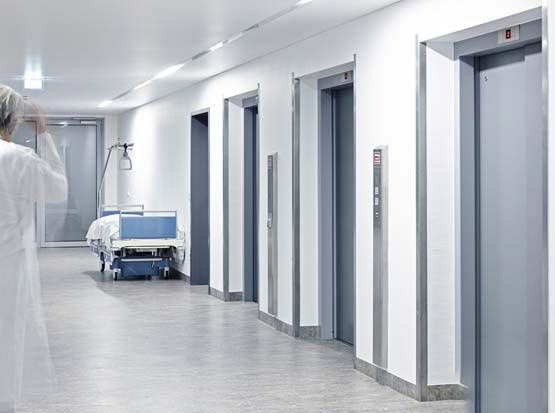
Installing hospital elevators is not just about convenience — it’s a vital necessity in healthcare facilities.
The vital role of elevators in hospitals
In hospitals and other medical institutions, the installation of hospital elevators is directly related to patient care and safety. For emergency medical services, resuscitation procedures, or patients using wheelchairs or stretchers, fast, silent, and secure elevators are essential. In Azerbaijan, these systems must meet modern infrastructure demands and be fully certified. This article explains in detail the process of installing hospital elevators, regular technical maintenance, and professional repair.
1. Installation of hospital elevators: technical and hygienic standards
The installation of hospital elevators involves stricter hygiene and engineering standards compared to other sectors. These elevators must use antibacterial materials, provide low-noise operation, and feature automatic and safe door systems. Compliance with international standards such as EN 81-72 and ISO 9386-1 is essential for both patients and healthcare staff.
Main steps of installation:
-
Designing according to hospital building layout
-
Bed-type cabin (minimum 2100 mm × 1400 mm)
-
Automatic switching to backup power during outages
-
Stainless-steel, antibacterial interior suitable for sterile conditions
2. Repairing hospital elevators – prioritizing safety and continuity
Elevator failure in a hospital can result in critical delays. That’s why the repair of hospital elevators must be fast, high-quality, and performed by professionals. Regular technical diagnostics help detect malfunctions early, and original spare parts are used to ensure reliability.
Common malfunctions:
-
Faulty sensor readings
-
Cabin and door mechanism synchronization issues
-
Freezing control panel
-
Weak ventilation or lighting
3. Technical maintenance of hospital elevators: importance of preventive service
Technical maintenance is not just routine care — it's a preventive safety measure. Monthly or quarterly services involve full diagnostics and inspection of wear levels. Especially in hospitals where elevators are used 24/7, preventive maintenance is critical.
Maintenance may include:
-
Inspection of sensors and braking systems
-
Adjustment of automatic door closing
-
Testing power transmission cables
-
Verifying emergency call and alarm systems
4. Compliance with hygiene and safety standards
Hospital elevators must strictly meet hygienic and fire safety standards. Interior materials should prevent microbial growth, and doors should operate without physical contact via sensor systems. Elevators must also feature emergency evacuation mode in case of fire.
Key safety requirements:
-
Touchless antibacterial control buttons
-
Fire-resistant cabin materials
-
Wide access for stretchers and wheelchairs
-
Automatic emergency call system
Conclusion: Ensure safe and hygienic elevator systems in your medical facility
Properly functioning elevator systems provide safe, uninterrupted movement for patients, healthcare staff, and visitors. That’s why choosing certified hospital elevators and maintaining them regularly is not optional — it's essential. In Azerbaijan, DizaynLift provides full-cycle services in installation, repair, and maintenance of medical elevators.
www.dizaynlift.az
+99455-290-13-73
info@dizaynlift.az

 Azərbaycanca
Azərbaycanca English
English Русский
Русский.webp)
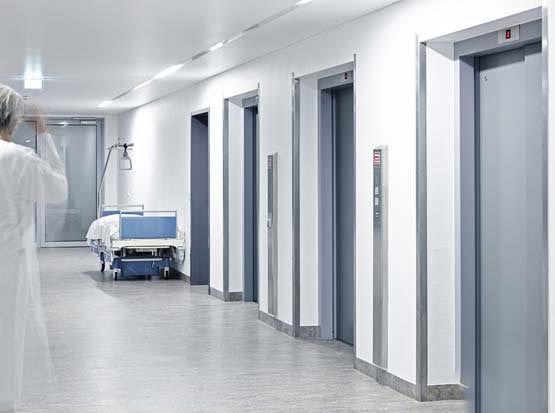

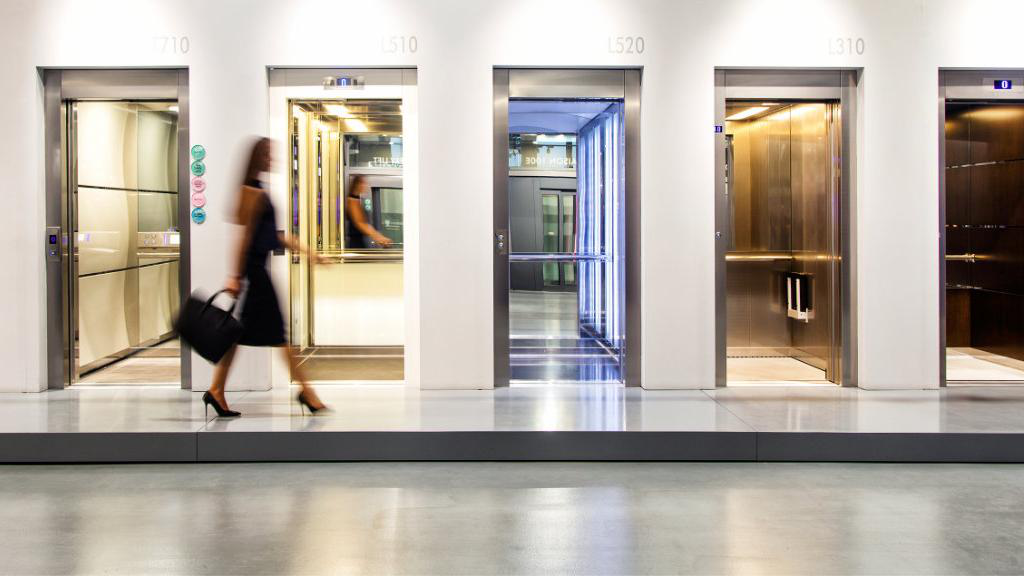



.png)
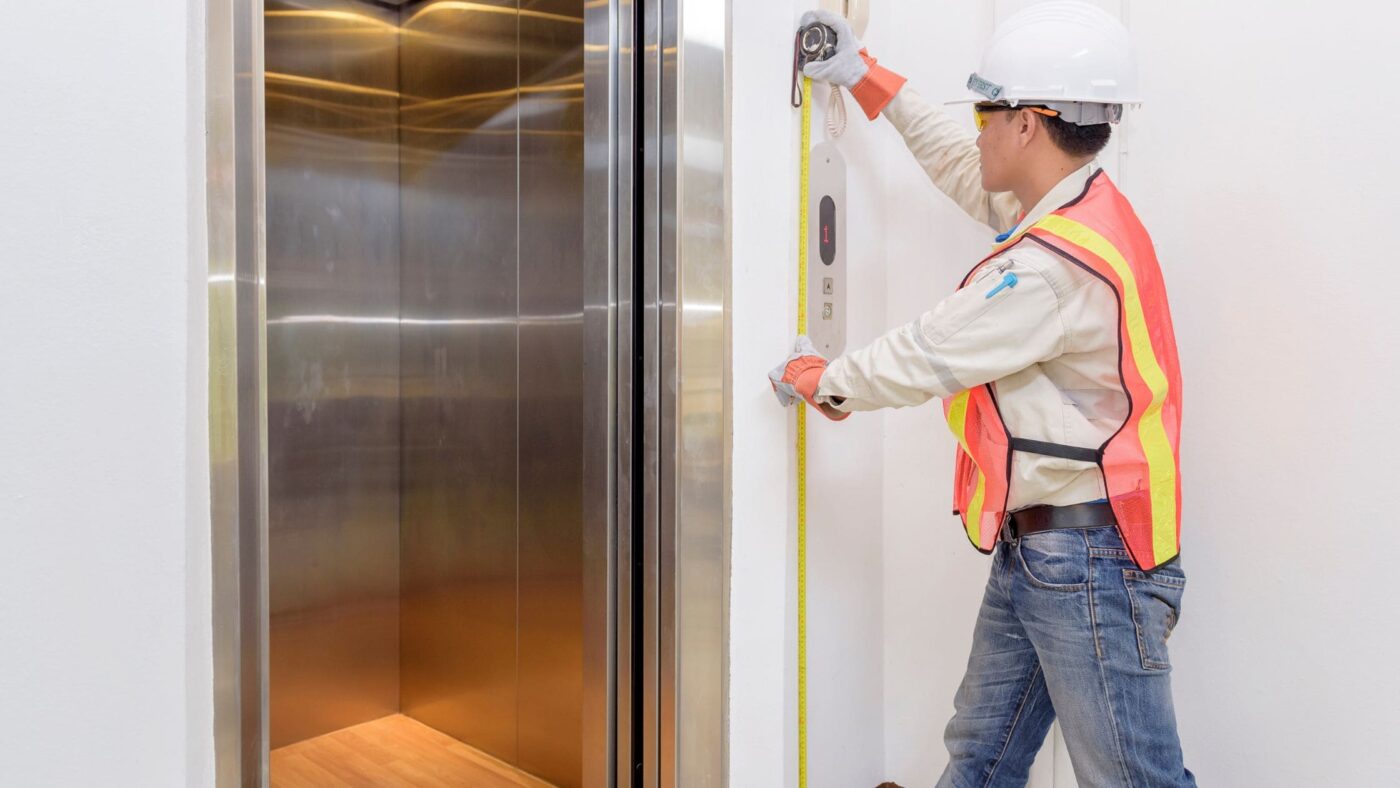

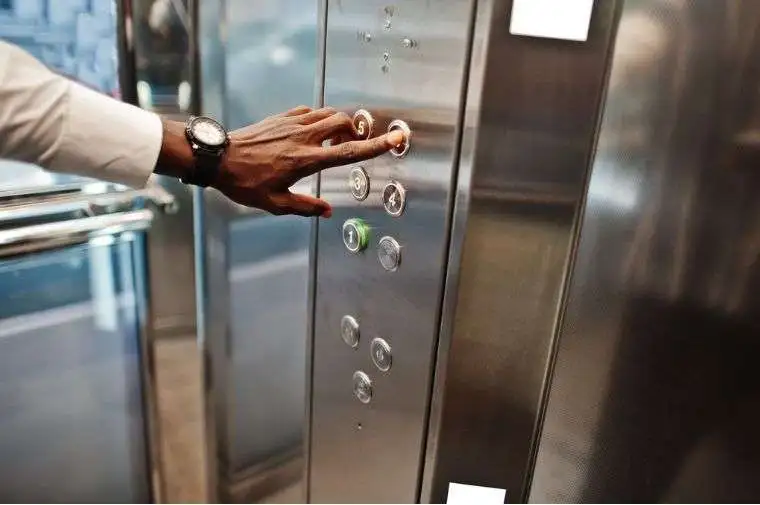
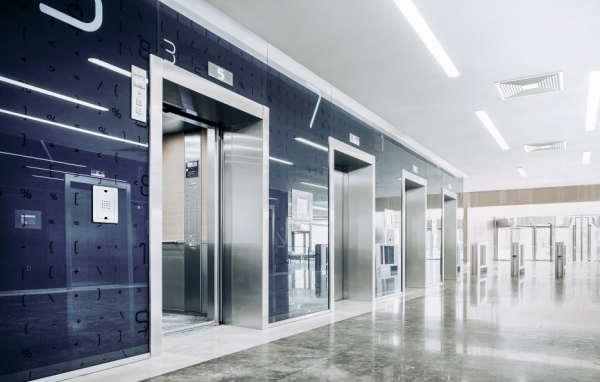

.png)



